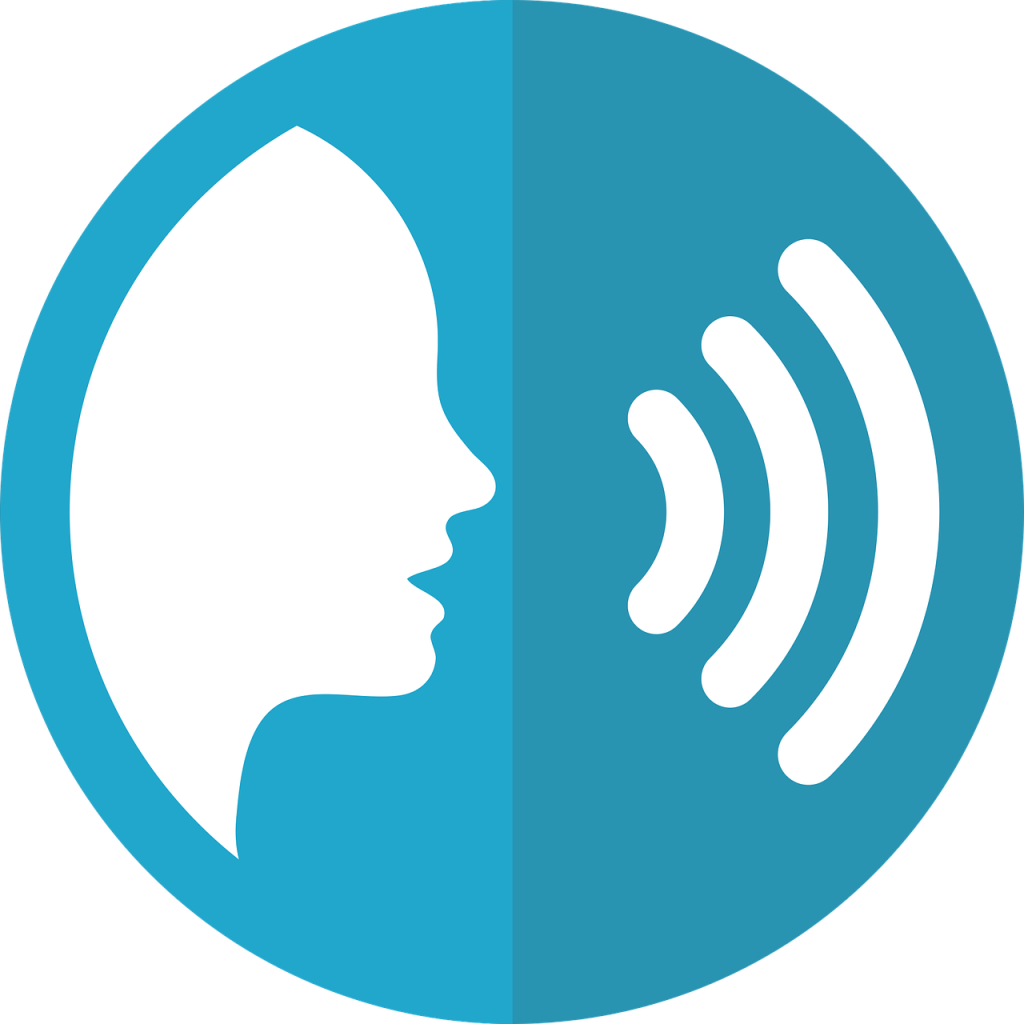What is Biometrics? How is it Used in Security?

Biometrics refers to the use of unique patterns of data to identify people. The process involves storing biometric templates on cards or in databases. These templates are then passed to a program called a matcher. The program compares the template to other templates. It uses algorithms like Hamming distance to find the most likely match. The output of the program is then used for a specified purpose. However, there are problems with using biometric data for the purpose intended.
Face recognition
Facial recognition is an essential tool for securing private and government data. It can prevent impersonation and is used to protect financial institutions and defence services. In some countries, such as China, face recognition can be used as a second authentication factor, replacing passwords. It is also being tested in airports and on mobile devices.

However, while it may seem like an attractive solution, the technology is not without its flaws. For one thing, it can be abused. Recent scandals involving government agencies storing pictures of citizens without their consent have raised privacy concerns. As a result, the European Commission is considering a ban on face recognition in public spaces for at least five years until a regulatory framework is put in place. It is also important to note that facial recognition software relies on machine learning, which requires massive data sets. This data is not easy to collect or store for a small company.
Iris scanning
Iris scanning is an integral part of security and biometrics systems. It can identify people at a distance by decoding unique patterns in their iris. Commercially available devices can image the iris from 1 to 5 meters. The technique is often used in the military.

Researchers are now evaluating iris scanning as a biometric identification tool. This technology has already been used for biometric identification in an Ebola vaccine trial in the Democratic Republic of the Congo. The Innovative Medicines Initiative-EU funded the problem. Researchers used the iris scan to identify study participants and ensure they received the suitable vaccine at the right time.
Voiceprints
There are a lot of advantages to using voiceprints and biometrics in security:
- They don’t require special equipment, external software or expensive cameras. Instead, a smartphone or web-based app and an existing phone line are needed.
- Voice biometrics don’t require data storage on the device itself; it’s all managed remotely by a secure server.
- They can serve as a proactive anti-fraud measure by comparing voice patterns to a database of digital voice signatures.

Aside from being a good security measure, voiceprints help companies prevent internal fraud. They can monitor agents’ voices, secure online portals and apps, and lock customer files. Some companies are even considering using voice authentication for online payments.
Handwriting
The use of handwriting biometrics is gaining considerable interest in the security community. Handwriting biometrics is an essential means for automated identification and verification. Studies have developed algorithms for biometric recognition based on handwritten text. Several international competitions have summarized this area’s current state of the art.
Handwriting biometrics are similar to signatures and fingerprints in that they are uniquely recognizable. Unlike a password, they are hard to mimic. However, this doesn’t mean that biometric security is foolproof. While biometric security systems are more secure than traditional passwords, cybercriminals still try to steal user data through fingerprint lifts and lifted handwriting information on surfaces.
Vein structure
The advantages of palm vein biometrics are numerous, making it an excellent choice for security applications. In addition to being private and secure, palm vein biometrics are reliable and sanitary and highly adaptable to various applications. Let’s discuss some of them.

Joe Rice first proposed vein pattern recognition in the early 1980s in response to the rise in bank card theft and identity theft. The idea was to develop a biometric barcode reader to identify a person by their veins. He patented his vein pattern recognition technology and assigned the rights to NRDC, which later became British Telecom. However, the technology never made much progress in licensing. Meanwhile, the world was still firmly rooted in fingerprints, and government agencies wanted to pursue biometrics openly.
Hand geometry
Biometrics and hand geometry are two types of technology used in security systems. Each has its advantages. They can work in various conditions, are relatively reliable and accurate, and are easy to use. They are often used in access control for facilities, time clocks, and controlled areas.

Hand geometry scanners measure specific hand features and construct a profile based on them. The system compares this profile with subsequent hand readings.



